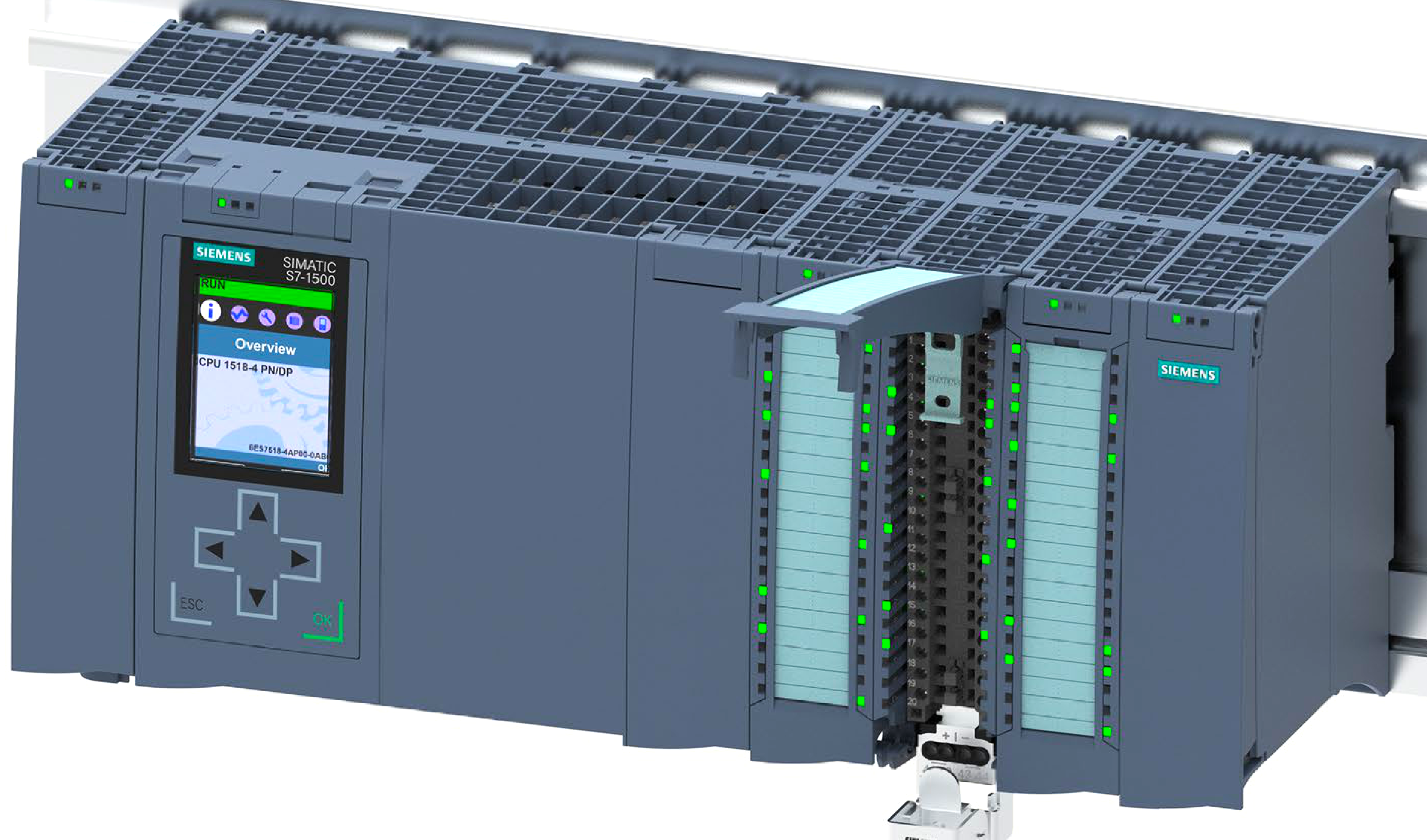History and Applications of PLC
In this article, you will learn about the brief history of programmable logic controllers and the applications of PLC in industries.
History of PLC
The first programmable logic controller (PLC) was developed in the late 1960s by a group of engineers at General Motors (GM) to replace the complex and costly relay-based control systems that were commonly used at the time.
The idea behind the PLC was to create a more flexible and reliable control system that could be programmed to control a sequence of operations in a manufacturing process. The initial goal was to improve the control system for a specific printing press but the team quickly recognized the potential of the technology in a wide range of industrial processes.
In 1968, GM announced the development of the GM50, the first PLC, which was used in the Packard Electric Division of the company. The GM50 was the first PLC that used a microprocessor, which made it smaller, more reliable, and more flexible than the relay-based systems it replaced.
The engineers at GM subsequently formed a new company, Bedford Associates, to commercialize the technology. The PLC was then licensed to other companies and eventually, the technology was adopted by many manufacturers and PLCs became a fundamental technology in industrial automation and control.

Evolution of PLC
The evolution of programmable logic controllers (PLCs) has followed a path of increasing functionality and capabilities, while becoming smaller, more powerful, and more cost-effective.
- First generation PLCs (1970s) were large, expensive, and used primarily to replace relay-based control systems. They were based on custom logic circuits and could only be programmed using proprietary software.
- Second generation PLCs (1980s) added more memory and processing power, and began to use more standardized programming languages. They also started to incorporate more advanced functions such as timers, counters, and data manipulation.
- Third generation PLCs (1990s) became more compact and efficient, and were able to control a wider range of industrial processes. They also began to incorporate networking capabilities, allowing PLCs to communicate with other devices and systems.
- Fourth generation PLCs (2000s) became even more powerful, with faster processors and more memory. They also began to incorporate advanced features such as Ethernet connectivity, support for industrial protocols such as Modbus and Profinet, and the ability to handle large amounts of data.
- Fifth generation PLCs (2010s) became even more compact and efficient, with more powerful processors and advanced features like built-in high-speed communication interfaces, support for IoT and cloud connectivity, and advanced security mechanisms.
Currently, sixth-generation PLCs have a more compact design, even more powerful processors and memory, More robust support for IoT, AI and Machine Learning, Cybersecurity, and can be accessed remotely, offer more flexibility in terms of scalability.
As technology continues to advance, it is likely that PLCs will become even more powerful, flexible, and cost-effective, and will continue to play an important role in industrial automation and control.
Applications of PLC
Programmable logic controllers (PLCs) are used in a wide range of industrial control systems, including:
- Manufacturing: PLCs are used to automate and control a wide range of manufacturing processes, including assembly lines, conveyor belts, and other types of industrial machinery.
- Power plants: PLCs are used to control and monitor a variety of systems in power plants, including boilers, turbines, and other types of electrical and mechanical equipment.
- Water treatment: PLCs are used to control and monitor water treatment plants, including processes such as filtration, chlorine addition, and pH adjustment.
- Transportation: PLCs are used to control and monitor systems in transportation, including traffic signals, automated trains, and other types of transportation infrastructure.
- Building automation: PLCs are used to control and monitor systems in buildings, including heating, ventilation, and air conditioning (HVAC) systems, lighting, and security systems.
- Food and beverage: PLCs are used to control and monitor processes in the food and beverage industry, including packaging, pasteurization, and quality control.
- Oil and gas: PLCs are used to control and monitor processes in the oil and gas industry, including drilling, refining, and transportation.
- Agriculture: PLCs are used to control and monitor systems in agriculture, including irrigation, fertilization, and pest control.
Key Features of a PLC
A Programmable Logic Controller (PLC) is a type of computer specifically designed for industrial control systems.
Some of the key features of a PLC include:
- Reliability: PLCs are designed to operate reliably in harsh industrial environments, with features such as redundant power supplies and robust hardware components.
- Programmability: PLCs can be programmed using a variety of programming languages, such as ladder logic or functional block diagrams, to control industrial processes.
- Flexibility: PLCs can be programmed to perform a wide variety of tasks, and can be easily reconfigured to perform new tasks as needed.
- Input/Output (I/O) capabilities: PLCs have a variety of input and output options, including digital inputs, analog inputs, and a range of output options such as relays, switches, and actuators.
- Communication: PLCs can be connected to other devices, such as sensors and actuators, using a variety of communication protocols, such as Ethernet, Modbus, and Profibus.
- Scalability: PLCs can be used in a variety of applications, from small standalone systems to large, complex systems with hundreds of I/O points.
- User-friendly programming: PLCs are designed to be user-friendly, with intuitive programming software and graphical user interfaces.
Read Next:














